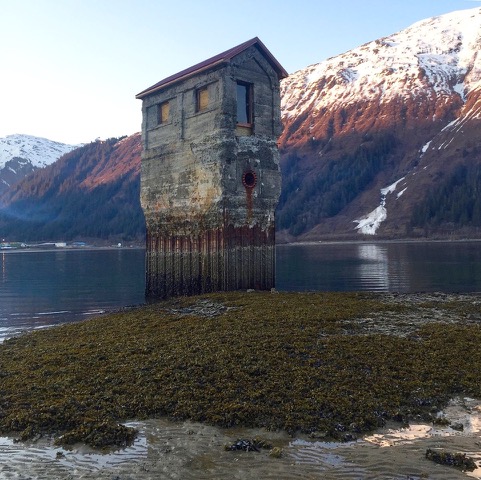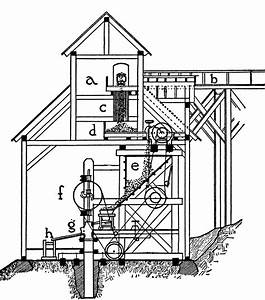EPISODE 682 ESCAPING THE YUKON, PART 6 TREADWELL MINE DISASTER , APRIL 22, 1917
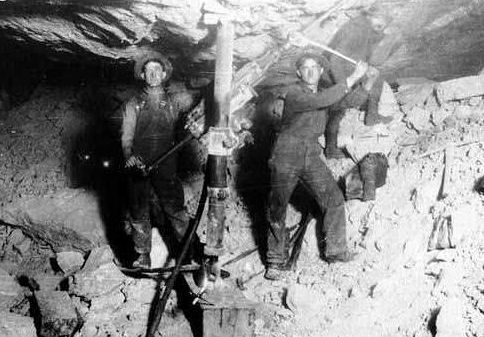
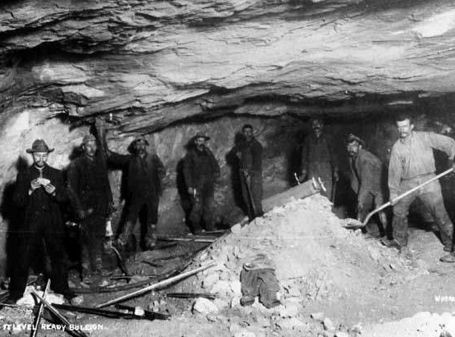
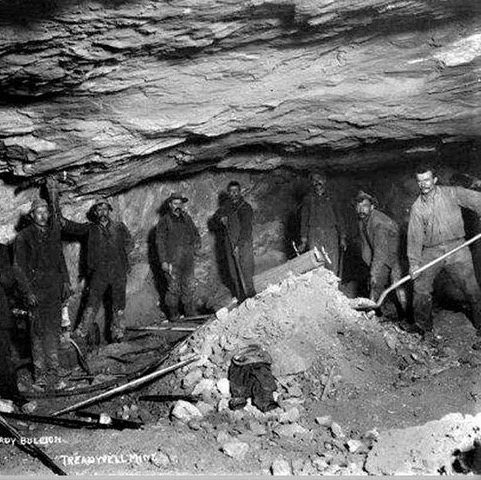
alan skeoch
Nov. 23, 2022
NOTE: I COULD not SEE THIS STRANGE BUILDING FROM THE TAXI FERRY TAKING ME TO
JUNEAU. It is ALL THAT REMAINS OF THE TREADWELL MINE DISASTER OF 1917.
Take a good look at this strange building. Notice anything? Look again. What is a little odd about
the building?
Hope you noticed. The stone building is built on top of a tower. Why? Because the structure is built
in the Gastineau Channel. A fjord open to the sea. In other words open to tidal fluctuations. At high tide
the building stands alone seemingly on top of the water. The tidal change in the Channel is immense.
And on April 22, 1917 there was a remarkably tidal flow heavier than normal. Unusual. So What?
Water is heavy. Water in a five gallon a tank is almost too heavy to lift. Now just imagine the incredible
weight of the water that flows backend forth through the Channel every day. Zillians of pounds more than a puny five gallon tank.
MINING THE TREADWELL MINE


NOTIEW THAT THE MEN ARE STANDING ON ON RUBBLE…KNOCKED OFF CEILING, SEPARATED INTO
ORE AND WASTE….THE ORE WAS HAULED BY HORSES THROUGH MILES OF TUNNELS TO THE
SHAFT THEN LIFTED TO THE TOP OF THE MINE AND DELIVERED TO THE STAMPING MACHINES. WHICH
BY THE WAY MADE ONE HELL OF A NOISE PULVERISINGTHE ORE INTO FINE SAND.

FIVE HUNDRED feet below the Channell, on April 22, 1917 there were 350 miners taking out gold bearing
ore. Doing so in a rather odd way to my way of thinking. They were cutting
chunks of ore out of the ceiling of the stopes. Mining above their heads. Loading the horse drawn
mine carts with the good stuff and piling the waste rock on he mine floor. So the stopes of the
Mine became high vaulted ‘cathedrals’ in which the miners worked upwards and upwards…standing with
their tools on the increasing pile of rubble waste. So what? So the roof of the cathedral like stopes
had less and less support.
Pillars were left to hold up the ceiling. These pilars however were often gold bearing…therefore
valuable as ore, so they were very thin
Along with the men there were 13 horses and 1 mule. These animals had been lowered into
the mine in slings. Getting them out would be tricky so the horses lived and worked in the dark most of their lives.
Most miners loved the horses and the feeling was mutual. In the darkness
the horses would whinny with affection as various miners stroked their necks.
The team, men and horses were sending 5 tons of ore up the shaft
every day.
WHAT IS A STAMP MILL?
Architectural drawing of the workings of a stamp mill. . Raw ore dumped instamp mill then pulverized into tiny pieces by power driven hammer. The noisefrom the Treadwell stamp mills was terrible.
The stamping mills allowed mine managers to recover 50% of the gold.
Arsenic was used to get the remaining gold.
The ceiling in mine got higher and higher…and weaker and weaker.
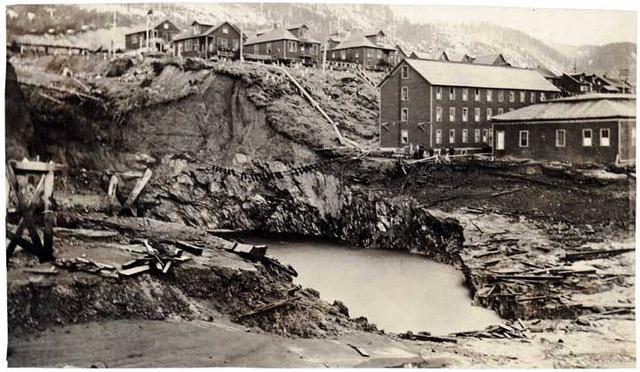
April 22, 1917 The sudden
disappearance of the company swimming pool into this hole was
the first hint that the whole mine was about to cave in. An alarm was
sounded….men scrambled to get out. Horses were left behind.
THE TREADMILL MINE DISASTER
1.15 A.M. ARIL 22, 1917
“ground around the natatorium (workers swimming pool) and fire hall slipped sideways, then with ‘cracks, groans, and noises of shattering boards’ dropped straight down into the innards of the mine.”
2.15 a.m. april 22, 1917
“another eruption at the cave-in site, a two-hundred-foot geyser of saltwater shot out of the top of the central shaft. The spouting display went on for a full five minutes before it stopped, like fireworks announcing a finale. “ *
*Sheila Kelly, TREADWELL GOLD
6.45 a,m. April 22, 1917 By the time the sun lit the Treadwell Mine buildings the
vast workings of the Mine were filled with water from the deepest spot 500 feet
below the Channell to ground level. Three million tons of seawater ended
the mines life. Ten million tons of gold bearing ore had been removed. In doing so
45 miles of mine shafts and drift were hollowed out.
Seventy million dollars worth of gold was produced but it took over 8 tones
of ore to produced 1 once of gold. (*Is this correct? Seems odd)
WHY DID THE TREADWELL MINE IMPLODE?
No one really knows why this happened. There had been several ground tremors
in the months prior to the total collapse. strong hints that something was wrong..
But little note was taken.
And when the cave in happened there were several explanations.
1) An extraordinary tidal surge had swept up the Gilford Channell that increased the
weight of rock, oberburden and water on the stopes.
2) The managers of the mine had allowed the internal pillars to be thin and therefore
incapable of supporting the ceiling.
3) The mining system of working upwards created huge cathedral like stopes…open
spaces in these stopes got larger and larger with each working day.
4) There was a major fault in the geology of the mine…a weakness.
WHO WAS SAVED AND WHO WAS LOST
Water had been pouring into the mine at an accelerating rate but the mine had so many miles of tunnels
and stopes that there was enough time….barely…to get the miners up the shafts and out. Luckily the
collapse happened between shifts and there were not as many men deep down as there would
have been normally. 350 men got out. Only one man was not accounted for and
his disappearance was a mystery. Mine officials believed he had escaped and just
took the opportunity to pretend he was lost so his wife could collect insurance
money which she did after a court case.
Sadly only 1 horse was brought to the surface. The other 12 or 13 horses were about to drown
as the miners emerged from the shaft cage. The men were distraught as they loved the horses and some of them
volunteered to go back down the shaft to rescue the horses. By then, however, it was too
late. They drowned.
alan
Post Script Escaping the Yukon 1) Who was Livingston Wernicke? 2) Who are the Tlingits?

